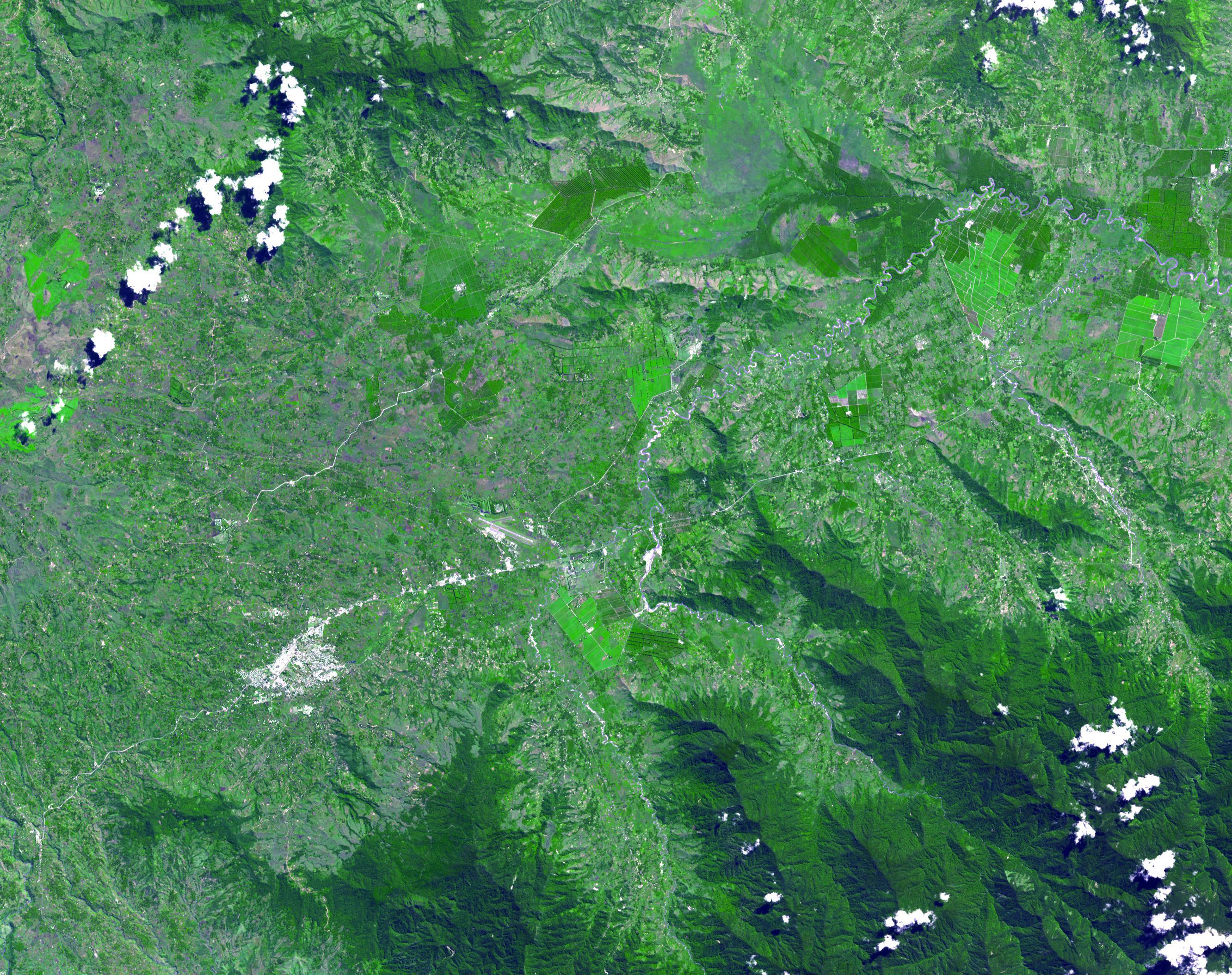Time Periods
Paleolithic
Mesolithic
Neolithic
Chalcolithic
Bronze Age
Iron Age
Classical Period
Post-Classical Period
Early Modern Period
Industrial Period
Contemporary Period
Time Periods
Paleolithic
Mesolithic
Neolithic
Chalcolithic
Bronze Age
Iron Age
Classical Period
Post-Classical Period
Early Modern Period
Industrial Period
Contemporary Period
Location
About
Kilu Cave, located on Buka Island in Papua New Guinea, is a significant archaeological site that marks the earliest known human occupation in the Solomon Islands, dating back 30,000 years. Positioned at the base of a limestone cliff, this cave offers critical evidence of early human navigation across open seas, a remarkable feat for its time. The site's stratigraphy reveals human presence during the Upper Paleolithic, with a hiatus in occupation during the late Pleistocene likely due to sea level changes, followed by reoccupation in the Holocene. Artifacts include flaked stone tools, shell artifacts, and evidence of plant usage, such as taro starch grains. Kilu Cave also provides insights into the exploitation of both terrestrial and marine resources by its inhabitants, and it holds evidence of the extinction of certain species coinciding with the arrival of the Lapita culture. This site is pivotal in understanding early human migration, adaptation, and interaction with the environment in the Pacific region.
Archaeological Features
Explore the unique architectural and cultural elements found at this historical site
Domestic and Habitation Structures
Environmental and Natural Features
Historical Timeline
Journey through time and discover key events in this site's archaeological history
Plan Your Visit
Details
- Country
- Papua New Guinea
- Source
- Wikipedia

